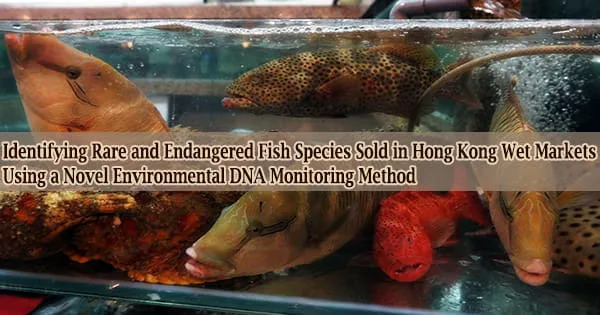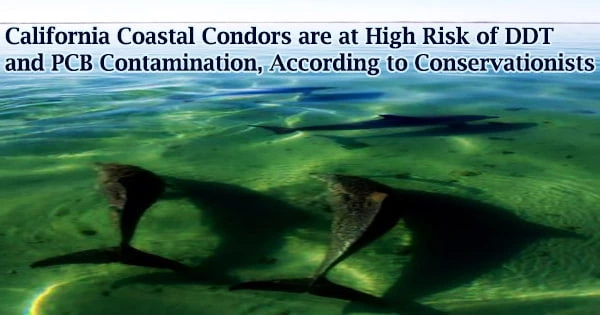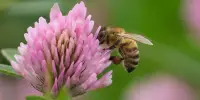Researchers from The University of Hong Kong’s Conservation Forensics Lab detailed a strong new technique for monitoring trading of rare and endangered fish species in Hong Kong wet markets in a paper recently published in Methods in Ecology and Evolution.
Researchers were able to extract and sequence enough DNA from the drain runoff water of fish markets to identify over 100 species of fish that had gone through the market using environmental DNA (eDNA).
The eDNA method was used to detect a variety of vulnerable or endangered species in the study, including Epinephelus fuscoguttatus, a type of brown marbled grouper that is listed as vulnerable and decreasing by the International Union for Conservation of Nature (IUCN), and three eel species, including Anguilla japonica and Anguilla rostrata, which are both listed as endangered by the IUCN, as well as CITES (Convention on International Trade in
The golden threadfin bream (Nemipterus virgatus), which is listed as fragile by the IUCN, and the Okinawa seabream (Acanthopagus sivicolus), which is listed as vulnerable and decreasing by the IUCN, were both discovered.
Metabarcoding Allows Identification of Species at Once
Barcoding is a method of species identification in which certain areas of an organism’s genome are sequenced and used to identify the organism. Each species has its own unique ‘barcode,’ which can be more reliable than standard morphology-based identification approaches.
We hope that our method will not only encourage local authorities to adopt more high-tech solutions to monitoring and combating the illegal wildlife trade in Hong Kong, but also help expand the use of eDNA and metabarcoding further into urban contexts.
John L RICHARDS
Thanks to new high-throughput sequencing technologies, this technique can be broadened to identify multiple species at once (metabarcoding). Metabarcoding, which allows identification of mixed populations of species that may have been present in the area, can be done with even little amounts of DNA shed into the environment (eDNA) by plants and animals.
Researchers from the Conservation Forensics Lab set out to create a method for identifying fish species bought in Hong Kong markets that didn’t rely on fish taxonomy experts spending hours visually identifying every fish on the market.
Furthermore, because endangered fish species are frequently found for sale in Hong Kong marketplaces, many fish merchants are hesitant to allow lengthy inspections of their items.
The paper’s method examined two of the most frequent methods of eDNA capture: filtration and precipitation. In the filtering procedure, one litre of water was collected from three wet market drains and run through a fine filter, which gathered tissue, blood, and other cellular debris containing enough DNA to identify the fish species that shed it.
The chemical precipitation of eDNA found in cellular debris from 45 ml of drain runoff allowed identification of fish species present with even less water.
After collecting the drain water, eDNA was isolated and analyzed, and fish species found in the three wet markets throughout a 5-day period were identified. An professional fish taxonomist conducted a visual survey to corroborate the findings, and the overlap of species detections was compared.
High Reliability and Easy to Adapt
While neither approach can guarantee that every single species present will be identified, the advantages of a DNA-based survey strategy are significant. Specifically, DNA-based IDs can be more reliable than morphological IDs, which is especially true when fish are sold butchered or belong to certain genera and families that have similar appearances.
The DNA extraction process described in the research is also quite easy and can be performed by anyone with a few hours of basic molecular lab training. Visual surveys necessitate countless hours of effort from multiple expert taxonomists, which has slowed the introduction of regular surveys in Hong Kong.
“We hope that our method will not only encourage local authorities to adopt more high-tech solutions to monitoring and combating the illegal wildlife trade in Hong Kong, but also help expand the use of eDNA and metabarcoding further into urban contexts,” said John L RICHARDS, co-author of the journal paper.
















